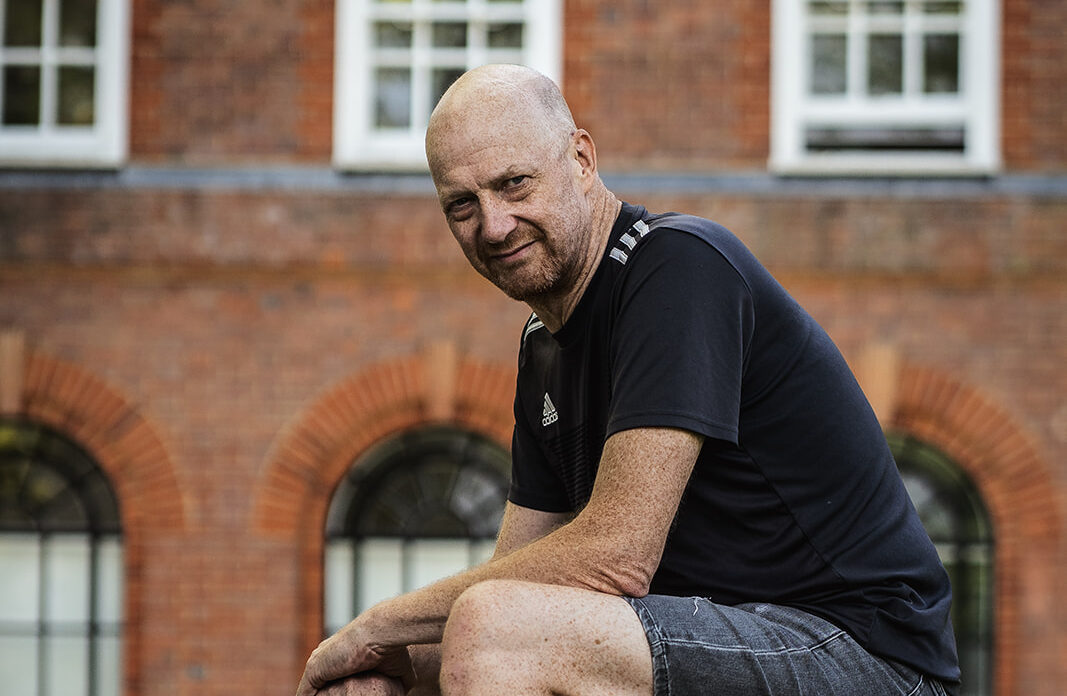The number of households in temporary accommodation in England is at the highest it’s ever been. 126,040 households and 164,040 children were living in temporary accommodation as of September last year. And as this number grows, the length of time people are expected to stay in temporary accommodation, has grown alongside it – making it anything but temporary. More than a fifth of all families in temporary accommodation have been there for five years or more. And new research published by Crisis, the National Housing Federation and Shelter this week show in some parts of England, families needing a home with three bedrooms or more can expect to wait more than a hundred years.
This means more and more people are stuck in unsuitable accommodation, without the facilities they need to cook, look after themselves and their children, without privacy or room for children to play – and with no end in sight. People’s health and wellbeing are suffering, and most shockingly of all it can also be life threatening – living in temporary accommodation was found to have contributed to the deaths of 74 children in the UK in the last 5 years.
As well as ruining lives, local government spending on temporary accommodation is at a record high and is driving councils to bankruptcy. Last year alone, councils spent £2.29 billion on temporary accommodation, an increase of 29% on the previous year. And we’re also seeing a rise in spending on the least suitable forms of temporary accommodation (nightly paid, hostels and B&Bs) which increased more than fivefold from 2017-18 to 2023-24, from £135 million to £732 million. Analysis by LSE suggests that if the use of this type of emergency accommodation continues its current trajectory, net expenditure on this alone is projected to reach £1.2 billion by 2026-27.
However, the Government now has a once in a generation opportunity to turn the tide on temporary accommodation as part of its broader strategy to address homelessness. The forthcoming cross-government strategy on ending homelessness has the power and potential to shift the focus away from the use of emergency accommodation as a short-term sticking plaster, and to invest in a longer-term approach to homelessness prevention that prioritises providing people with settled homes as quickly as possible.
To help provide a roadmap for how Government should do this, we’ve spent the last few months developing policy recommendations in collaboration with our frontline services, people with lived experience, local government and learning from best practise in the sector. Our report outlines the steps Government should take to ensure its strategy is as ambitious and impactful as it can be.
Making temporary accommodation genuinely temporary and reducing its use is essential if the Government wants its strategy on ending homelessness to succeed. To make this a reality, we need to see significantly increased investment in building more social rented homes at the upcoming Spending Review. Alongside this, the Government must make sure that these homes are accessible to the people who need them most – making ending homelessness an outcome of its long-term housing plan would help to ensure the two strategies are aligned and an increase in social rented homes leads to an end to homelessness.
A housing led approach is now the norm in many European countries, as recommended by the OECD, and we have seen this approach in Finland and Denmark as well central to strategies in Wales and Scotland. It is a long overdue paradigm shift in England.
There are steps that councils in England can start to take now to reduce the use of the most costly and unsuitable forms of temporary accommodation. We are already seeing examples of councils proactively seeking out new approaches to achieve this.
Crisis is working with Calderdale Council to develop a fresh approach to managing the challenge of recent increases in temporary accommodation use and particularly B&B’s. The project aimed to decrease the cost of nightly B&B accommodation, with a focus on supporting people leaving prison, people leaving asylum accommodation, survivors of domestic abuse and young people. It uses the Built for Zero model, with a focus on improved data collection, identifying opportunities for prevention and increasing use of the private rented sector. The project has reduced the amount of time households spend in temporary accommodation and reduced the cost of nightly B&B accommodation by 56%. Over a full year, this means £1.5 million in savings for the local authority. Calderdale’s focus on moving people out of temporary accommodation into suitable long-term housing, particularly in the private rented sector, has been key to its success.
Faced with an ever-growing temporary accommodation bill, Greenwich council embarked on its Temporary Accommodation Cost Reduction Programme in 2024. Working closely with people in a person centred way, the council used new social housing stock to make 100 direct offers to people who had been stuck in temporary accommodation long term. This, coupled with incentives to help PRS tenants retain their tenancies, increasing the supply of council owned temporary accommodation and speeding up homelessness assessments, has helped the council to reduce its use of unsuitable temporary accommodation, save money and provide settled permanent housing for more people facing homelessness. It’s now on track to eliminate hotel use by March 2026, down from a peak of 280 rooms in April 2024.
Whilst this shows that positive changes can start to reduce the numbers of people stuck in unsuitable temporary accommodation, this will not be enough on its own to create the systems rethink we desperately need. To bring about real change, more homes for social rent need to be built and we need a homelessness system that invests in prevention and helps people get a settled home as quickly as possible.
Too many families are languishing in temporary accommodation for months and years, whilst their lives are put on hold. This situation can’t be allowed to continue. That’s why we’ve launched a new campaign to call for a strategy that makes sure everyone has a safe, affordable home, proper support when they need it, and a system that prevents homelessness before it starts. It’s time for the Government to take action and build a future free from homelessness.





